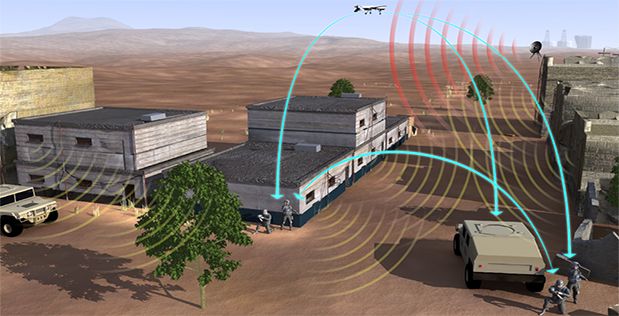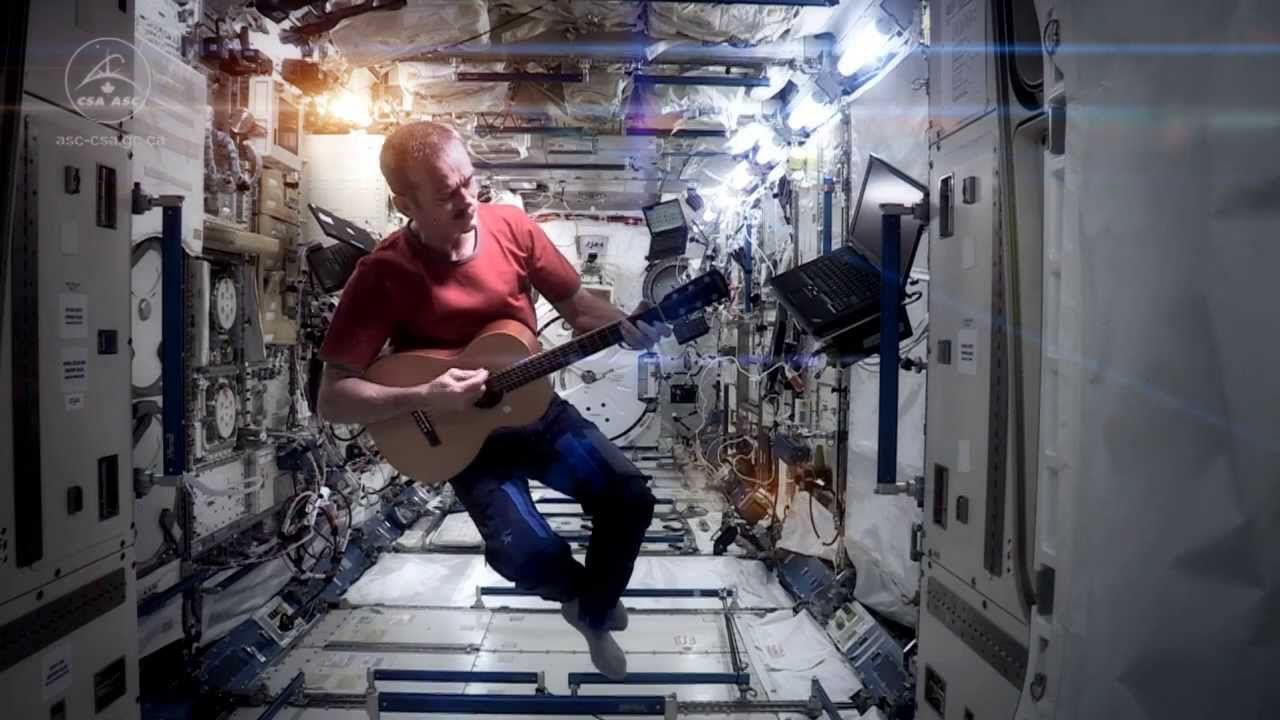Jan 12, 2016
Scientists develop a lithium-ion battery that shuts down at high temperatures to avoid explosions
Posted by Shailesh Prasad in categories: particle physics, transportation
The primary reason hoverboards have become public enemy #1 in recent times is due to their unfortunate tendency to catch fire and explode due to their lithium-ion batteries overheating.
But a new lithium-ion battery developed by scientists in the US could put an end to such dramas. Researchers at Stanford University have made the world’s first lithium-ion battery that shuts off before it overheats, then restarts immediately when its temperature has cooled.
Conventional lithium-ion batteries comprise a pair of electrodes and a liquid or gel electrolyte that carries charged particles between them. However, if the battery’s temperature reaches around 150 degrees Celsius (300 degrees Fahrenheit) as a result of a defect or overcharging, the electrolyte can catch fire and trigger an explosion, as we’ve seen in many sad cases.
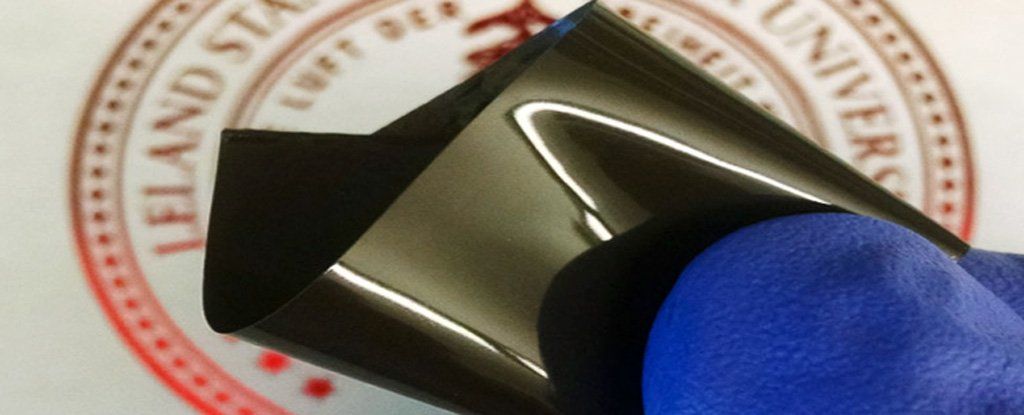
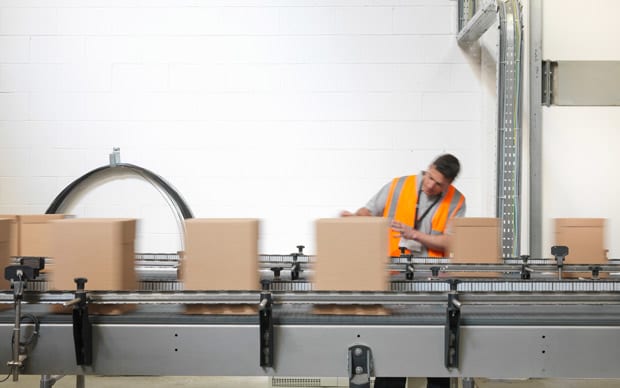



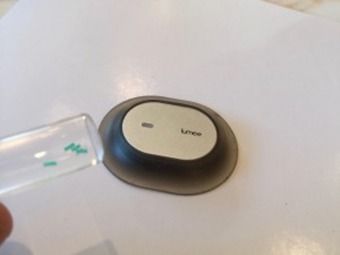 Last week at CES, South San Francisco based Profusa showed off an upcoming injectable sensor that can be used to continuously monitor oxygen levels in tissue. Measuring only five millimeters long and a tiny 250 microns in diameter, the biosensor can be injected into tissue with just a hypodermic needle. It consists of a soft hydrogel scaffold that allows it to be biologically compatible with the surrounding tissue without any foreign body response. The sensor also contains a special chemical marker that changes fluorescence depending on the amount of oxygen that reacts with it. An optical reader placed on the skin measures the fluorescence and relays the data to a smartphone. The biosensor can last as long as two years (at which point the chemical marker begins to lose its potency), and because it contains no electronics and is completely biocompatible there’s no need to remove it.
Last week at CES, South San Francisco based Profusa showed off an upcoming injectable sensor that can be used to continuously monitor oxygen levels in tissue. Measuring only five millimeters long and a tiny 250 microns in diameter, the biosensor can be injected into tissue with just a hypodermic needle. It consists of a soft hydrogel scaffold that allows it to be biologically compatible with the surrounding tissue without any foreign body response. The sensor also contains a special chemical marker that changes fluorescence depending on the amount of oxygen that reacts with it. An optical reader placed on the skin measures the fluorescence and relays the data to a smartphone. The biosensor can last as long as two years (at which point the chemical marker begins to lose its potency), and because it contains no electronics and is completely biocompatible there’s no need to remove it.


